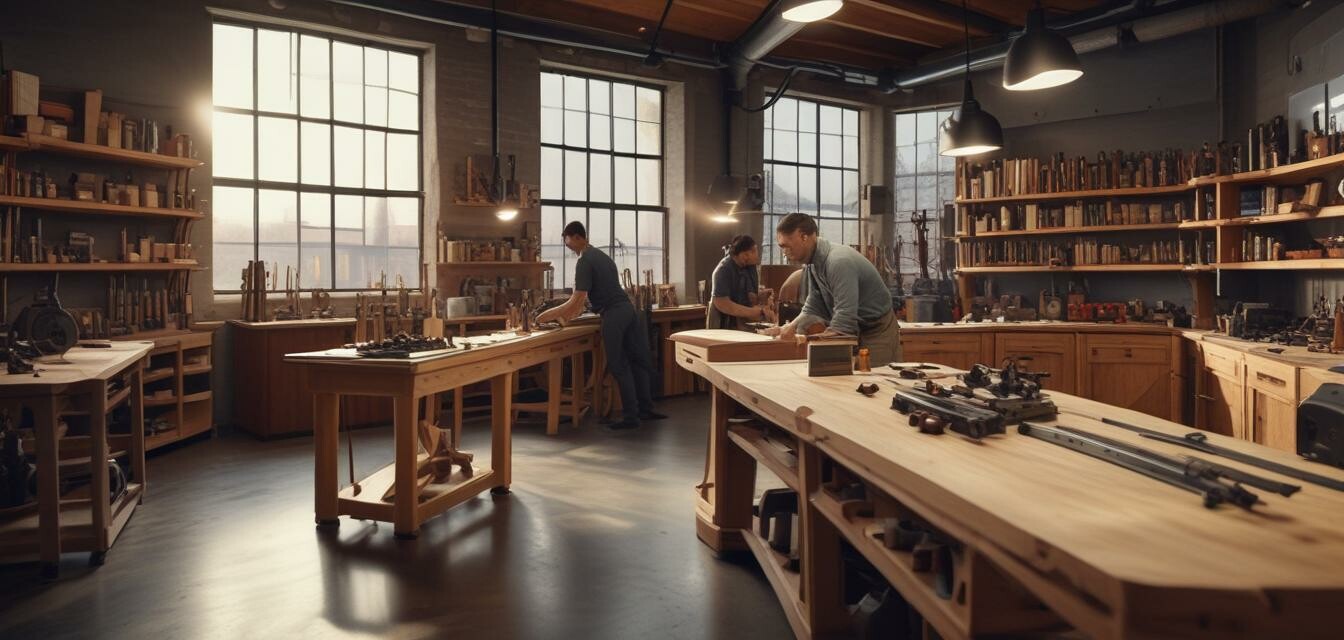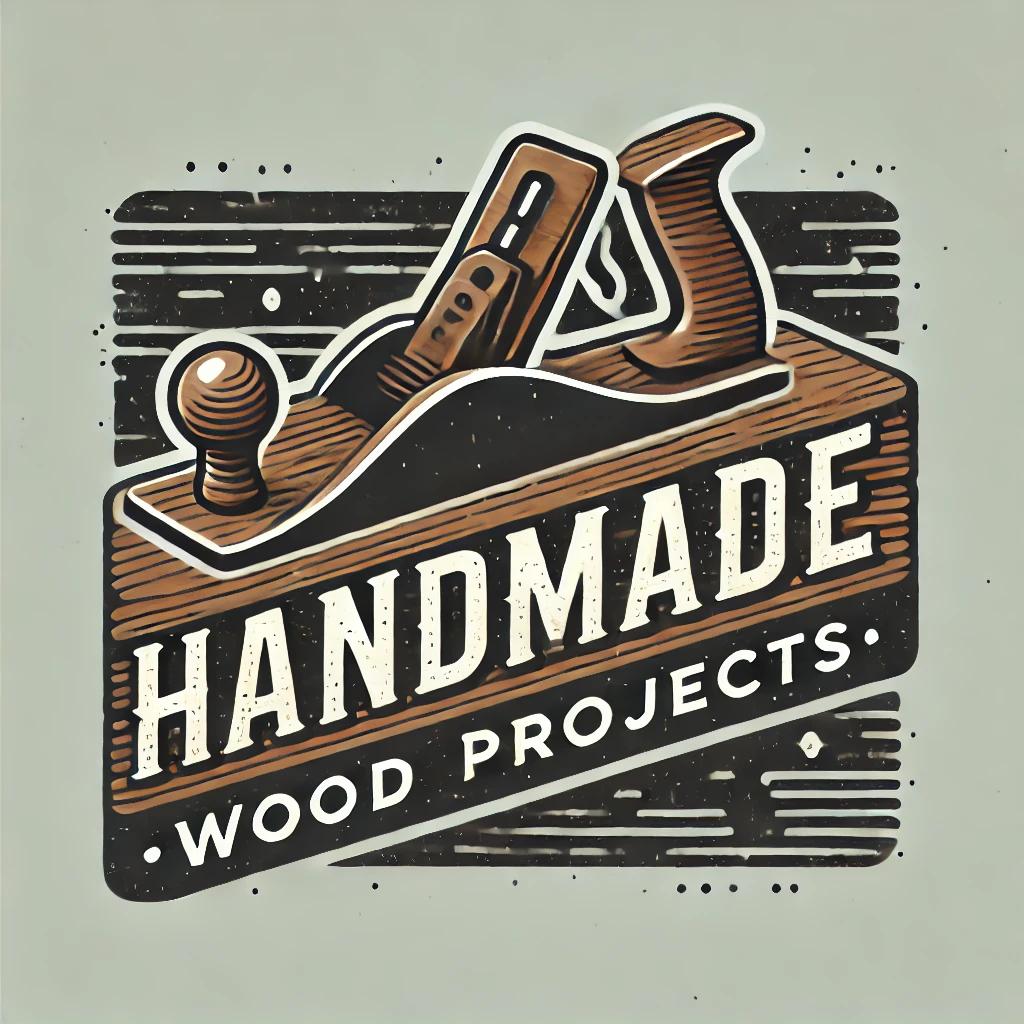
The rise of smart technology in wood shops
Key Takeaways
- Smart technology is transforming traditional woodworking through automation and control.
- App-controlled machines enhance precision and efficiency in wood shops.
- Integration of smart technology leads to reduced waste and improved productivity.
- Staying updated with smart tools can keep woodworkers competitive in the market.
- Environmental sustainability is a growing trend in modern wood shops.
In today's woodworking landscape, the integration of smart technology is reshaping how craftsmen approach their projects. From app-controlled machines to automated workflows, smart technology is bringing efficiency and precision to traditional wood shops. This article explores how these technologies are transforming wood shops into modern creative spaces.
Understanding Smart Technology in Woodworking
Smart technology refers to tools and machines that enhance operational performance through automation, connectivity, and data analysis. In the context of woodworking, smart tools can significantly improve the efficiency and quality of the craft. Here's how:
- Automation: Automated machines take over repetitive tasks, reducing manual labor.
- Connectivity: Many woodworking tools now connect with apps for real-time monitoring and control.
- Data Analysis: Collecting data during processes enhances decision-making to improve results.
Benefits of Smart Technology in Wood Shops
| Benefit | Description |
|---|---|
| Increased Efficiency | Automated tools streamline processes, allowing for quicker project completion. |
| Improved Precision | Enhanced control and measurement lead to higher-quality workmanship. |
| Reduced Waste | Smart tools optimize material usage, minimizing scraps and excess. |
| Remote Monitoring | Control machines from your smartphone or tablet, allowing flexibility in the workspace. |
App-Controlled Machines Transforming Woodworking
One of the standout features of smart technology is the use of app-controlled machines. These devices allow users to monitor their work and adjust settings via their smartphones, bringing a new layer of convenience and functionality to the wood shop.
Highlighted Features of App-Controlled Machines
- Real-time Adjustments: Modify settings on-the-go for optimal performance.
- Remote Monitoring: Check machine status and performance from anywhere.
- Schedule Jobs: Set tasks to run at specific times for better workflow.
Modern Trends in Woodworking
The woodworking industry is seeing various trends that stem from the rise of technology. From sustainable practices to innovative tools, it's essential to keep an eye on what is happening to stay ahead in the market. Here are some emerging trends:
- Eco-Friendly Materials: A focus on sustainable sourcing of wood and using non-toxic finishes.
- Digital Design Tools: Advanced software allows woodworkers to visualize projects before starting.
- Community Sharing: Online platforms encourage sharing designs and tips among woodworkers.
Preparing Your Wood Shop for Smart Technology
Transitioning to a smart wood shop involves various steps. Here are some practical tips:
Tips for Beginners
- Start with essential app-controlled tools to ease into automation.
- Regularly update your software to access the latest features.
- Join woodworking forums to share tips and learn from experienced craftsmen.
- Attend workshops or webinars focused on smart woodworking.
Conclusion
As smart technology continues to rise in the woodworking space, traditional wood shops are evolving into modern hubs of creativity and efficiency. By integrating automation, connectivity, and data analysis, woodworkers can achieve high-quality results while minimizing waste and enhancing productivity. Staying informed about these technological advancements will ensure that woodworkers remain competitive and skilled in a fast-evolving industry.
Pros
- Increased efficiency and speed in production.
- Greater precision and less margin for error.
- Ability to monitor and control tools remotely.
- Improved safety features with smart technology.
Cons
- Higher initial costs for smart tools.
- Learning curve for those new to technology.
- Dependence on technology can hinder traditional skills.
For more insights into woodworking and crafting, check out our News and Trends category, or explore our Woodworking Tools section for must-have tools. Discover eco-friendly choices in our Wood Types and Materials category, and don't forget to browse our Workshop Safety Gear for essential safety equipment.



